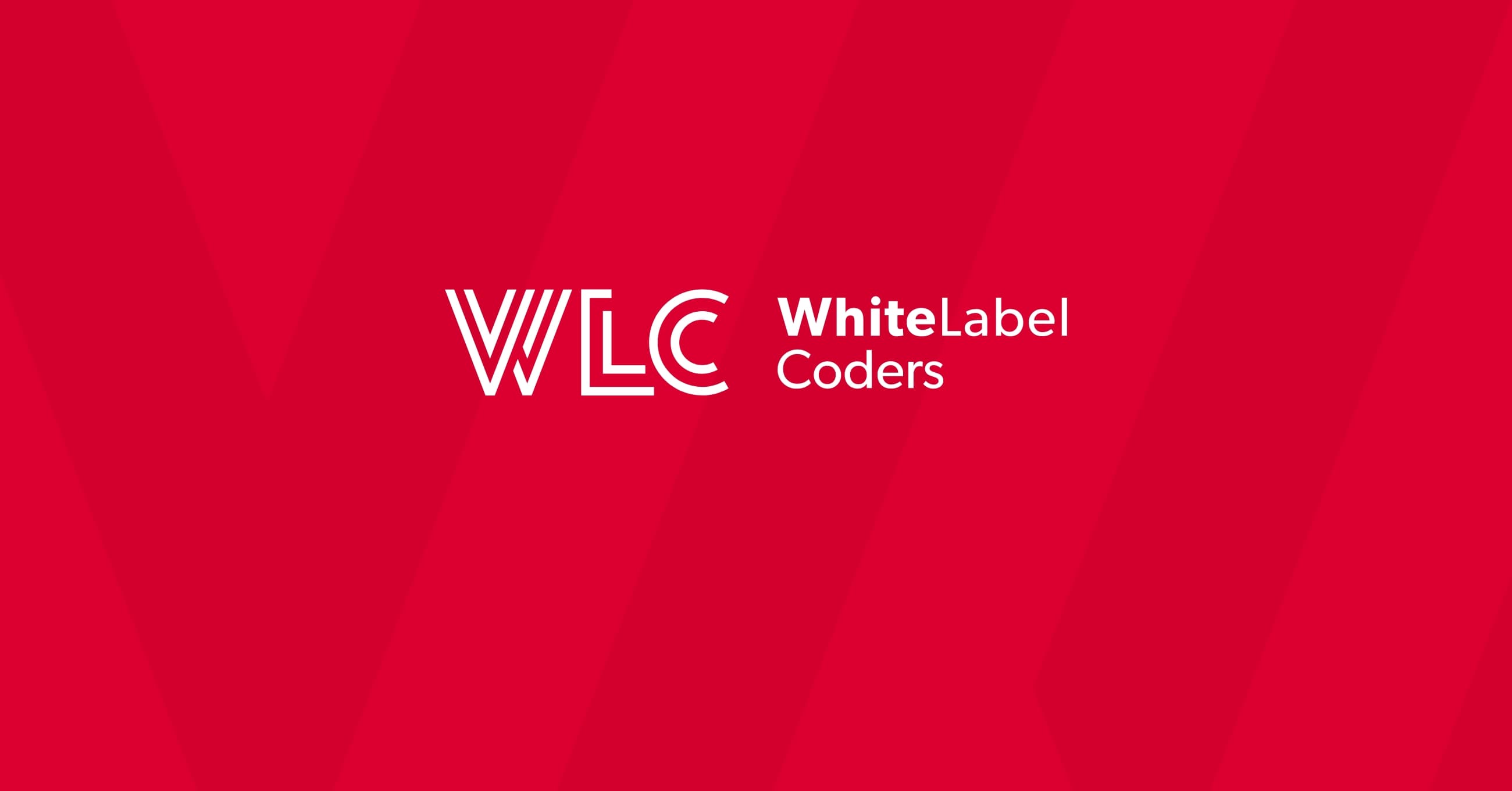Category: SEO AI
Why is my page builder so difficult for content teams to use?

Page builders often frustrate content teams because they’re designed by developers for developers, not for the people who actually create content daily. Complex interfaces, technical requirements, and rigid workflows create barriers that slow down publishing and reduce team productivity. When your marketing team spends more time fighting the tool than creating content, it’s time to examine what’s going wrong.
What makes a page builder difficult for content teams to use?
Complex interfaces with too many options overwhelm content creators who just want to publish quickly. Most page builders present dozens of settings, technical configurations, and design choices that require developer knowledge to navigate safely. Content teams need simple, focused tools that let them concentrate on their message rather than technical implementation.
Technical requirements create another major barrier. Many page builders demand understanding of CSS, HTML, or specific coding concepts for basic tasks like adjusting layouts or adding content blocks. When marketers need developer support to change a headline or update an image, the tool is working against productivity rather than supporting it.
Limited flexibility within safe boundaries also causes problems. Content teams often find themselves stuck between overly restrictive templates and completely open-ended builders that offer too much freedom. The sweet spot lies in having pre-designed components that maintain brand consistency while allowing content customisation without breaking layouts.
Workflow disruptions happen when page builders don’t integrate with existing content processes. If your team has to export content, switch between multiple tools, or manually update information across different pages, the builder is creating friction instead of removing it.
Why do content teams avoid using certain page builders?
Fear of breaking layouts keeps many content creators away from page builders entirely. When one wrong click can destroy a carefully designed page, team members naturally become hesitant to make any changes. This fear leads to bottlenecks where simple content updates require developer intervention, defeating the purpose of having a page builder.
Time constraints make learning complex tools feel impossible. Content teams are already juggling multiple campaigns, deadlines, and priorities. When a page builder requires extensive training or has a steep learning curve, busy marketers will find workarounds rather than invest time in mastering the tool.
Lack of proper training compounds these issues. Many organisations implement page builders without providing adequate support for content teams. Without understanding the tool’s capabilities and limitations, users stick to basic functions or avoid the builder altogether, missing opportunities for improved content creation efficiency.
Tools requiring developer intervention for basic tasks create dependency problems. If adding a simple call-to-action button or updating contact information needs technical support, content teams lose autonomy. This dependency slows down publishing schedules and creates frustration for both content creators and developers. Understanding how designers and developers collaborate can help establish better workflows that reduce these dependencies.
How can you tell if your page builder is holding back your content team?
Delayed publishing schedules are the clearest warning sign of page builder problems. When content creation timelines consistently stretch beyond planned deadlines, and the delay happens during the building phase rather than content creation, your tool is likely the bottleneck. Track how long it takes from content completion to published page.
Increased support tickets from content teams indicate usability issues. If your developers are regularly fielding requests for basic page updates, layout fixes, or “how do I” questions, the page builder isn’t serving its intended users effectively. Monitor the frequency and types of support requests to identify patterns.
Team complaints about the publishing process reveal frustration with current tools. Listen for comments about pages being “too hard to update,” fears about “breaking something,” or requests to “just build it for me.” These indicate that the page builder is creating barriers rather than removing them.
Reduced content output compared to team capacity suggests tools are limiting productivity. If your content team can produce articles, graphics, and campaigns quickly but struggles to get them published at the same pace, the page builder workflow needs examination.
Reliance on developers for simple changes defeats the purpose of having a content management system. Track how often basic updates like text changes, image swaps, or button modifications require technical intervention. High developer dependency indicates poor page builder usability. Implementing best practices for budgets and deadlines can help identify these inefficiencies early.
What should you look for in a content-friendly page builder?
Intuitive drag-and-drop interfaces that work like familiar tools help content teams adopt new systems quickly. The best page builders feel similar to popular design tools or document editors, reducing the learning curve. Look for visual editing that shows changes in real-time without requiring preview modes or technical knowledge.
Pre-built components that maintain design consistency while allowing content flexibility give teams creative freedom within safe boundaries. These components should handle responsive design automatically, ensuring content looks good on all devices without requiring technical adjustments from content creators. For WordPress users, exploring reusable blocks for WordPress sites can provide the perfect balance of flexibility and consistency.
Consistent design systems prevent layout breaks and maintain brand standards. The page builder should enforce design guidelines through its components, making it difficult to accidentally create off-brand or poorly designed pages. This gives content teams confidence to make changes without fear.
Mobile responsiveness should be automatic, not optional. Content teams shouldn’t need to think about how their pages will look on different devices. The page builder should handle responsive web design seamlessly, allowing creators to focus on their message rather than technical implementation.
Workflow integration with existing content processes reduces friction and improves adoption. Look for page builders that work with your current content management systems, approval processes, and publishing workflows. The tool should fit into existing processes rather than requiring workflow changes.
When evaluating page builders, prioritise tools that empower your content teams rather than limiting them. The right solution reduces dependency on developers while maintaining design quality and brand consistency. Consider best workflow practices when hiring a white label agency to ensure your page builder implementation supports your team’s productivity goals.

